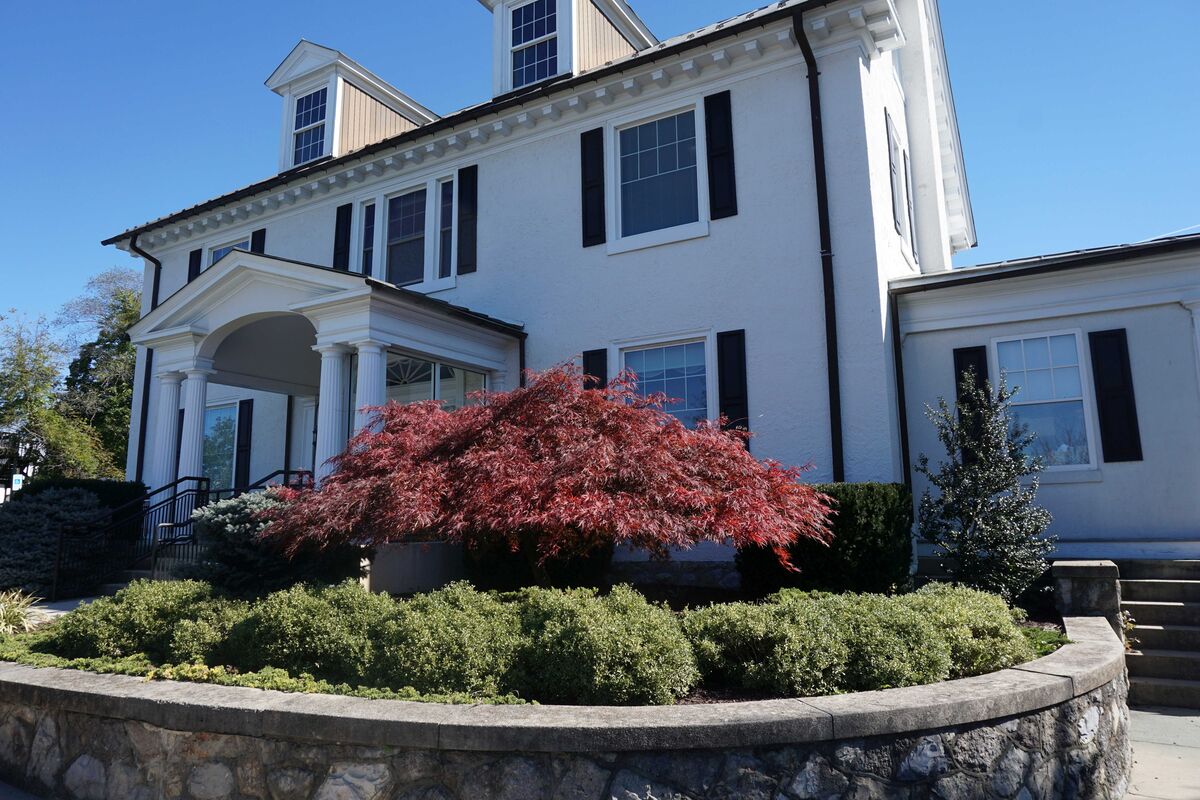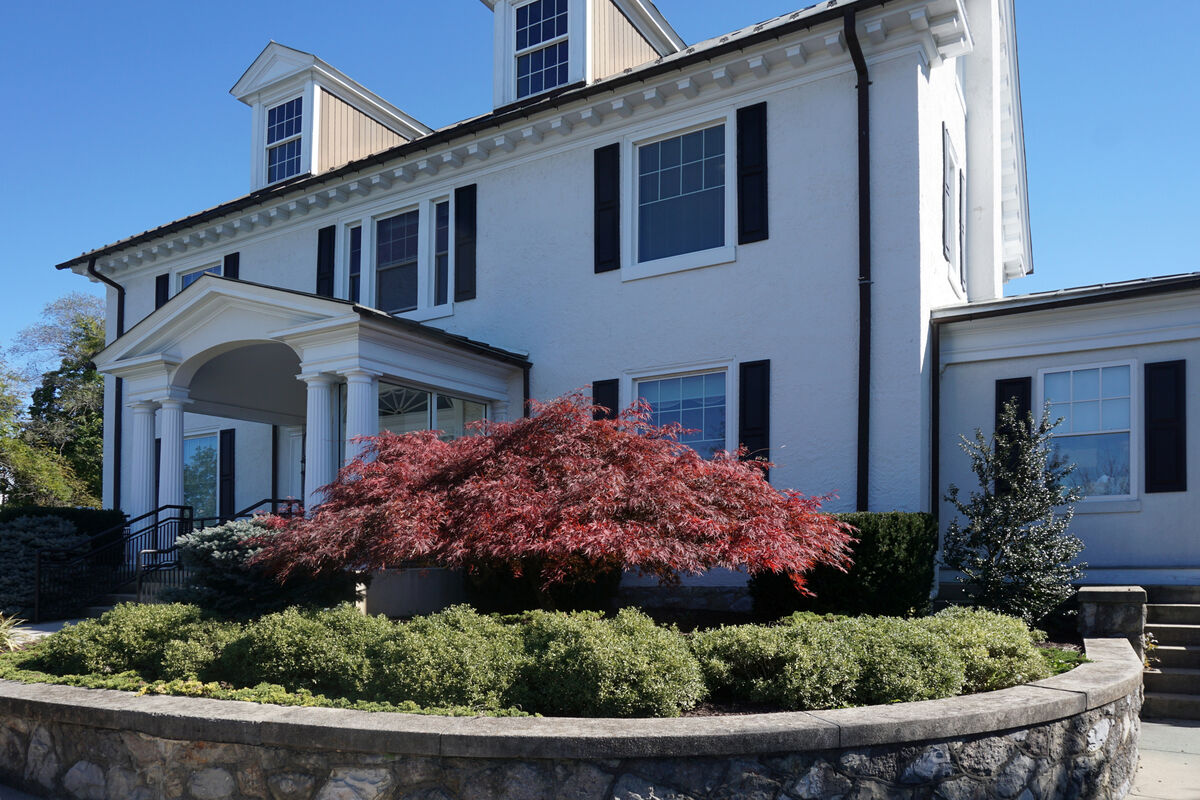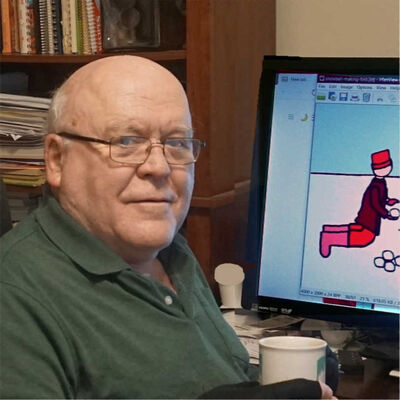What's better to use: a tilt-shift lens, or software; or perhaps both?
Jul 2, 2023 14:47:59 #
Scruples wrote:
I don’t mind good critique. It is a welcome departure from the lame criticisms that many inexperienced dolts offer.
Who determines experience?
Jul 2, 2023 14:58:29 #
Jul 3, 2023 14:15:52 #
amfoto1
Loc: San Jose, Calif. USA
Chris63 wrote:
I do a lot of architecture photography (snapshots) with Sony A7 II.
I am ready to graduate to something that would let me "straighten up" buildings, trees, etc.
Any recommendations, either for a lens, or for software (i.e. cost, quality of output)?
P.S. Is there any very simple software available (perhaps an add-on for my PC) that would feature tilt-shift as a main feature?
Thanks
I am ready to graduate to something that would let me "straighten up" buildings, trees, etc.
Any recommendations, either for a lens, or for software (i.e. cost, quality of output)?
P.S. Is there any very simple software available (perhaps an add-on for my PC) that would feature tilt-shift as a main feature?
Thanks
Ideally, both tilt-shift (or perspective control) lens AND software.
The lenses available for the purpose on full frame/APS-C have limited range of movement. They can only do so much. It's not uncommon for more adjustment to be needed.
Software correction also has its limits. For one, it means a fairly heavy crop to parts of the image. This can be a problem, depending upon camera resolution. For example, a 45MP or 60MP camera will tolerate the crop more than a 20MP or 24MP camera.
Further, software correction to one part of an image often causes distortions in other parts of the image. For example, the image below (Hotel Del Coronado) was taken with a 21mm lens and has the classic problem where the buildings appear to be tipping over backward...

So I used perspective correction in Photoshop. The result is below...

You can see how there was cropping on both the left and right side. But what you don't see (because I fixed it in Photoshop) was that the bench and sign in the foreground became highly distorted when the corrections were applied to the building. I had to go back to the original, copy off the sign and bench area separately from the rest of the image, then paste it back into the corrected version. There also is some exaggeration of the shapes of the building, although you may not realize how much unless you visited and directly compared the image to the building in real life. But in the "corrected" image, notice that the large roof on the left looks about right and the flag poles on the roofs look vertical... but the smaller, upper portion of the tower on the left now looks more distorted than it did in the original.
I could have gotten better results above if I had shot the image with a tilt-shift lens that partially corrected the perspective, then finished the image with some additional tweaks in Photoshop.
Another thing... When you anticipate making software corrections, allow a bit of room for the crop. I didn't do that with this image (but there was limited room to back up for the shot anyway).
I currently have Canon 24mm and 45mm TS-E lenses.... plus had the 90mm in the past. Wouldn't mind having the Canon 17mm too, but haven't been able to justify its very high price! To be honest, I use these lenses more for plane of focus control and dealing with reflections, than for perspective control purposes. I just don't shoot a lot of architecture. I also sometimes use a TS-E lens for multi-shot panoramas.
I don't see many tilt-shift lenses now in Sony E-mount. Rokinon offers a 24mm. There are also several Venus Laowa, but I think they're shift only... no tilt movement. I don't know about the others, but the widest of them (15mm) also can only be shifted when used on APS-C format and even then only has +/- 6mm movement. For comparison, the Canon 17mm has +/- 12mm shift on full frame, plus up to 6.5 degrees of tilt. Not having used that lens, I really can't say how much vignetting might occur at the more extreme settings.
At one point Schneider was making several PCt lenses.... and I believe offered them in Sony E-mount. I don't know if those are still being made, but recall they were quite pricey (more than Canon, which ain't cheap either).
I am pretty sure Sigma, Metabones and some others make adapters that would allow the Canon TS-E lenses to be used on your Sony camera. All the TS-E lenses are manual focus, but one of those adapters is still needed to provide electronic control of the lens aperture. The Canon lenses are pretty easily found on the used market. A lot of people buy the lens for a job, later end up selling them because they are rather specialized and just don't see a whole lot of use. If you shop Canon TS-E used, be aware there are two series of them...
Original:
TS-E 24mm f/3.5L
TS-E 45mm f/2.8
TS-E 90mm f/2.8
Improved:
TS-E 17mm f/4L
TS-E 24mm f/3.5L II (better image quality, see below)
TS-E 50mm f/2.8L Macro (1:2)
TS-E 90mm f/2.8L Macro
TS-E 135mm f/4L Macro
The original 45mm and 90mm are fine lenses, even though they aren't "L" or as close focusing as the newer lenses. The original 24mm has some image quality flaws... mostly it's susceptible to chromatic aberrations. Pretty easily corrected in post-processing. It's good, but is not quite as sharp as the "II" either.
One key difference between the older and the newer series is that the first three lenses have just one plane of rotation (to orient the movement). From the factory, the tilt and shift movements of those lenses are set out of phase with each other. It is possible to have the lens disassembled and these movements aligned, if wanted. In order to return them to the original setup would require another disassembly of the lens. The later five lenses solve this problem. They have two planes of rotation so the user can easily realign tilt and shift in or out of phase as they see fit.
Jul 3, 2023 17:08:05 #
amfoto1 wrote:
Ideally, both tilt-shift (or perspective control) ... (show quote)
I have owned the excellent and frankly kind of expensive Canon TS 17mm f4 Tilt-Shift lens since my Canon DSLR days, and use it on my Sony bodies with the Sigma MC-11 lens adapter. It is a manual lens. There are several more affordable Tilt-shift, shift or just tilt lenses in E-mount from third-party lens makers. Since I already had the Canon lens there was no need for another brand. Sony has not chosen to make one themselves. Probably not a huge sales market for these more specialized lenses. .
Cheers and best to you.
Jul 4, 2023 09:50:41 #
amfoto1 wrote:
Ideally, both tilt-shift (or perspective control) ... (show quote)
Alan shared a lot of good advice and experiences. I only want to recap what I and others have said. That is, in my opinion do not undo all of the perspective that your camera caught. I am not a neural psychologist, but my idea is that our eye catches what it sees and our brains tries to fix it but not all of it. Our brain knows when we have a block in our hands that it has three sets of parallel sides. However, when we look at box buildings in real life, our eye catches that each set of sides usually show some perspective going to a distant focal point. So, our brain puts these together and in general does not overcorrect.
I added a bit of perspective back into a few of the pictures presented here, and I think thy look better. However, since they are not mine, I thought I would just describe the results in words. --Richard
Jul 4, 2023 10:48:07 #
profbowman wrote:
Alan shared a lot of good advice and experiences. ... (show quote)
Perspective control woks for some subjects in some circumstances and some not.
For shorter buildings/subjects it is generally preferable to correct.
For the Empire State Building or converging train tracks PC likely might not be a good solution.
In other words, the maker of the photo needs ultimately to make the decision of what to do.
Jul 4, 2023 14:55:43 #
Architect1776 wrote:
Perspective control woks for some subjects in some circumstances and some not.
For shorter buildings/subjects it is generally preferable to correct.
For the Empire State Building or converging train tracks PC likely might not be a good solution.
In other words, the maker of the photo needs ultimately to make the decision of what to do.
For shorter buildings/subjects it is generally preferable to correct.
For the Empire State Building or converging train tracks PC likely might not be a good solution.
In other words, the maker of the photo needs ultimately to make the decision of what to do.
Yes, it does depend upon the object and how big it is, but in my experience, in smaller subjects it can help to let a little bit remain. Below is one example. First, I show the photo as accepted by the Shutterstock reviewers. The second one is one I just revised this afternoon. --Richard
This is one of the photos on which I left some perspective showing. On the left, I could have taken a bit more out, but to me the right looks good.

(Download)
This is the photo were I made all of the vertical edges of the house to be parallel. To me, the right front corner looks like it could fall down at some point.

(Download)
Jul 4, 2023 15:54:49 #
profbowman wrote:
Yes, it does depend upon the object and how big it is, but in my experience, in smaller subjects it can help to let a little bit remain. Below is one example. First, I show the photo as accepted by the Shutterstock reviewers. The second one is one I just revised this afternoon. --Richard
Sadly the top of the building is missing.
If you anticipate using PSE to fix perspective one must leave a lot of space at the top and extra on the sides.
Jul 5, 2023 12:47:56 #
Architect1776 wrote:
Sadly the top of the building is missing.
If you anticipate using PSE to fix perspective one must leave a lot of space at the top and extra on the sides.
If you anticipate using PSE to fix perspective one must leave a lot of space at the top and extra on the sides.
I do not know how the other software programs handle the change in perspective, but in GIMP one goes not have to change the height of the photo to make vertical lines to appear more vertical. The top of the building missing in my photos was an error I made in composing the picture in my camera due to my very poor eyesight. --Richard
Jul 5, 2023 16:31:08 #
imagextrordinair
Loc: Halden, Norway
profbowman wrote:
Yes, it does depend upon the object and how big it is, but in my experience, in smaller subjects it can help to let a little bit remain. Below is one example. First, I show the photo as accepted by the Shutterstock reviewers. The second one is one I just revised this afternoon. --Richard
The biggest shortcoming to editing vs lens shift is the crop losses and it is never as real in appearance as getting it correct with a TS lens.
There is so much control with a TS lens for ceiling or foreground. Your not just moving the lens up and down, the shift perspective alters where the image is shrunken or stretched within the image. you don't get that in post prepossessing.
If you want to reply, then register here. Registration is free and your account is created instantly, so you can post right away.


